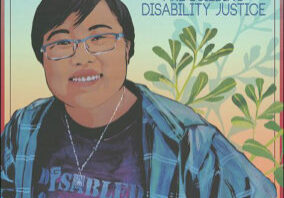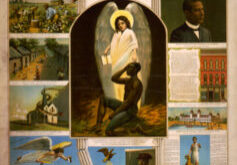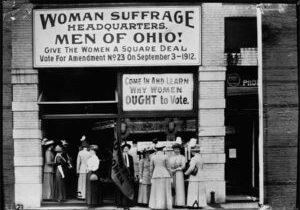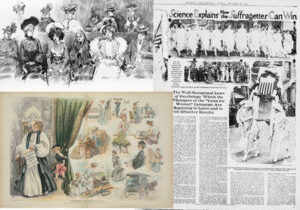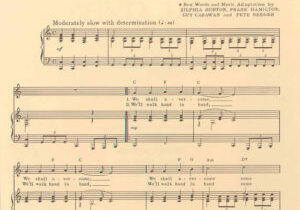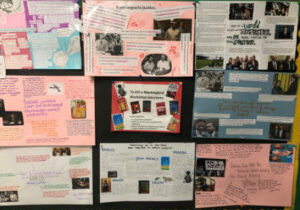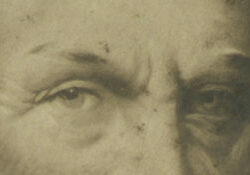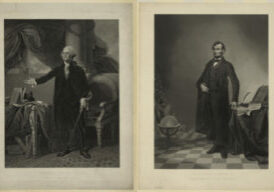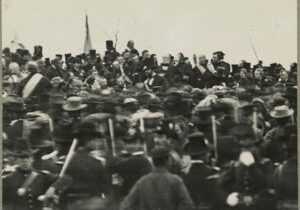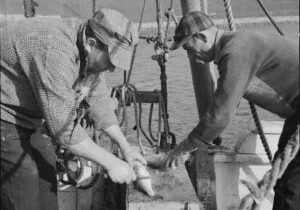Lesson Plans
How Disability Activists Created Change
Students analyze primary and secondary sources about 1977 and 1990 Disability Rights Movement protests to identify strategic actions taken by activists, evaluate the level of personal risk or investment needed to participate, and compare them with actions by African-American civil rights activists of that time and earlier, and of social justice activists today.
African American Monument
Students review scenes from African American history through analysis of a poster created as a type of monument. After, students create a brief sketch and a write caption for a scene from recent times and explain why they feel the scene is an important addition to the poster.
Tactics in the March to Suffrage
Students examine the tactics supporters of the woman suffrage movement used in their long quest to gain the right to vote through primary source analysis, consider the effectiveness of various social movement strategies, and create their own tactical plan to affect change on an issue relevant to their own lives.
Perceptions & Roles of American Women
Students analyze historical primary sources and then create their own contemporary sources as they investigate and consider how perceptions of women in America and their roles in society have evolved over time. After, students brainstorm ways that citizens can work to achieve greater equality for all.
We Shall Overcome
Students analyze historical and contemporary primary sources to examine how citizens persevered to overcome injustice and affect change during the 1960s civil rights era and consider the lessons the first March to Selma and the events that followed in 1965 provide for us today.
Examining Social Justice Through Historical, Classic and Contemporary Sources
This outline of a unit plan has students considering the power of literature and investigating social justice. Students begin by analyzing primary sources to spark inquiry and gain historical context, then combine study of To Kill a Mockingbird with a contemporary text of their choosing as they consider how real-life events influence fictional narratives, and wrap up their study by researching a relatively recent social justice case and creating a social justice statement of their own that they showcase in a visual presentation.
Note: lesson length listed is based on activities and does not include time spent reading.
In Service of a Cause?
Students analyze images in conjunction with historical and contemporary texts, comparing and contrasting point of view, details, claims, evidence, and reasoning as they learn about the purpose of the 1859 raid on Harpers Ferry led by John Brown and consider whether or not his actions were justified in the historical context. After, students debate whether the use of force or violence in service of a cause can ever be justified.
Presidential Portraits
Students learn about George Washington and Abraham Lincoln through the lens of both primary and secondary sources, investigating different types of primary sources, considering how portraits are created to convey information, and imagining their own presidential potential.
Gettysburg Address Game On
Students consider whether equality is important to our democracy as they develop a deep understanding of the literary and historical value of the Gettysburg Address through analysis of primary sources and a close reading of the text with several game-based activities to reinforce their knowledge and understanding. After, students connect their learning to today by writing a response to the lesson focus question: In what ways is equality a proposition, or belief, worth fighting for? Numerous extension activities are also provided.
The New England Fishing Industry: Sea Changes in a Community
Students analyze photographs, maps and interviews to understand the geographic and economic characteristics of the U.S. Northeast coast and the link between New England's economic and cultural past and the issues it faces for its future through researching industry issues, interviewing industry actors, and/or researching current legislation related to fishing and fisheries.
